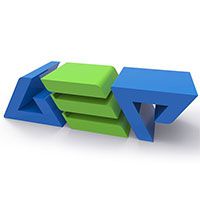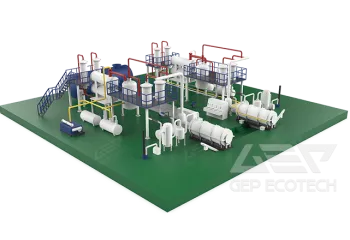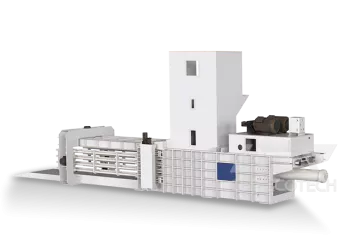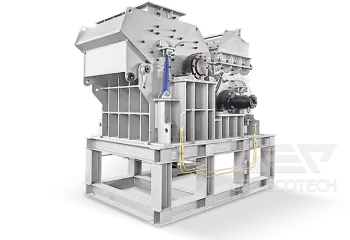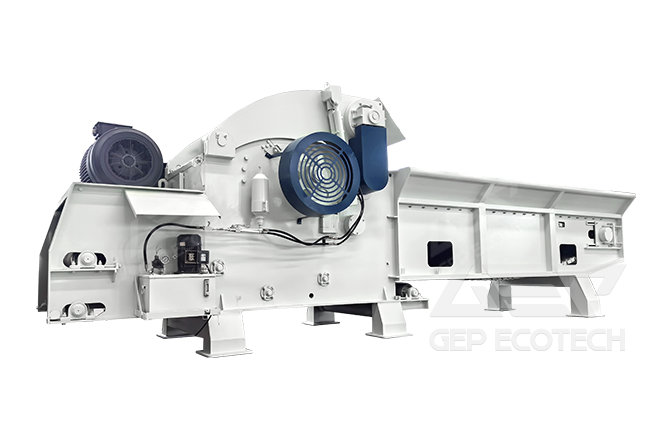Or the waste mineral water bottle "turning waste into treasure" to become the "flag red" carpet production process: first, after the waste plastics are sorted, after high temperature cooking and cleaning sterilization, and then smash into small pieces, and then use the "bottle piece recycled polyester puffing The method of deforming filaments is performed by spinning. The final red carpet is made of “stock liquid coloring” technology, which adds color masterbatch during spinning, omitting subsequent printing and dyeing, and reducing pollution. Finally, the textile line was finished and the yarn was finally woven into a beautiful carpet.
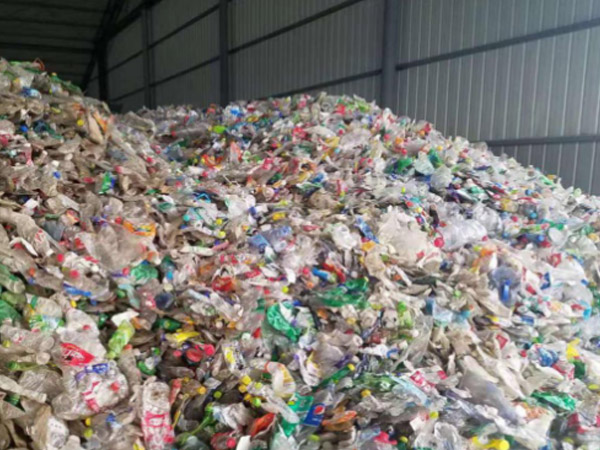
In the past, textiles used petroleum as raw materials, and now it is possible to consider using waste plastic water bottles as raw materials. After passing through various sorting, the waste plastics have been turned into waste by high temperature cooking, material sorting, high temperature cleaning, crushing, wire drawing, spinning, dyeing and weaving. Each ton of used mineral water bottles can reduce the consumption of 6 tons of oil and reduce the carbon dioxide emissions by 3.2 tons, which is equivalent to the amount of carbon dioxide absorbed by 200 trees in one year.
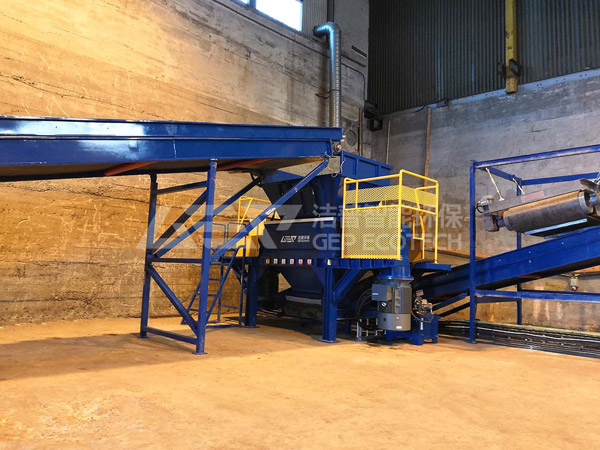
Broken disposal is one of the indispensable steps in the process of plastic “transformation” textiles. Plastic bottles come in a variety of sizes and must be crushed into small pieces of a certain size for further processing. GEP Intelligent plastic waste disposal production lineconsists of belt conveyor, GD series double shaft shredder, magnetic separator, GE series European fine crusher and GI automation control system. The whole line adopts modular design, can be freely combined and adjusted according to different product requirements, and realizes the automation of production and the maximum output through the automatic control system. The unique modular design can adjust the equipment at any time according to different production requirements.
GEP Intelligent plastic waste disposal production lineis based on the principle of crushing, volume reduction, sorting and transshipment. It is the first choice for recycling and utilization of resources, and is widely used in the field of plastic recycling.
(1) Breaking module
Firstly, the waste plastic is pre-crushed by GD biaxial shear shredder, and then the pre-crushed material is finely broken by GE series European fine crusher.
(2) Delivery module
The conveying module is divided into a feeding belt conveyor and a discharging belt conveyor. The feeding belt conveyor uniformly transports the materials, and the materials to be crushed are transported to the crushing chamber of the shredder for crushing, and the crushed materials are discharged. The belt conveyor is transported to subsequent processes.
(3) Sorting module
A self-unloading permanent magnet separator is installed on the material conveying belt conveyor between the biaxial shear crusher and the single shaft crusher to sort the magnetic conductive materials contained in the first crushing pretreated plastic material.
(4) GI intelligent automation control module
GEP ECOTECH intelligent technology is the use of the Internet of Things and big data technology combined with a variety of intelligent sensors to achieve on-line monitoring and physical examination of equipment and systems, real-time monitoring, real-time protection.
The abandoned mineral water bottle turned into recycled fiber and once again entered the attention of the textile industry. In today's environment where industrial resources are increasingly scarce and natural resources are becoming scarcer, environmental protection is one of the hottest topics in the world today. The textile and garment industry has begun to seek new and more environmentally sustainable alternative textile materials. Recycled fiber has clearly become the focus of the textile industry. There is no doubt that green sustainable development will be the future development trend of the textile industry.

